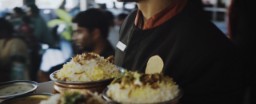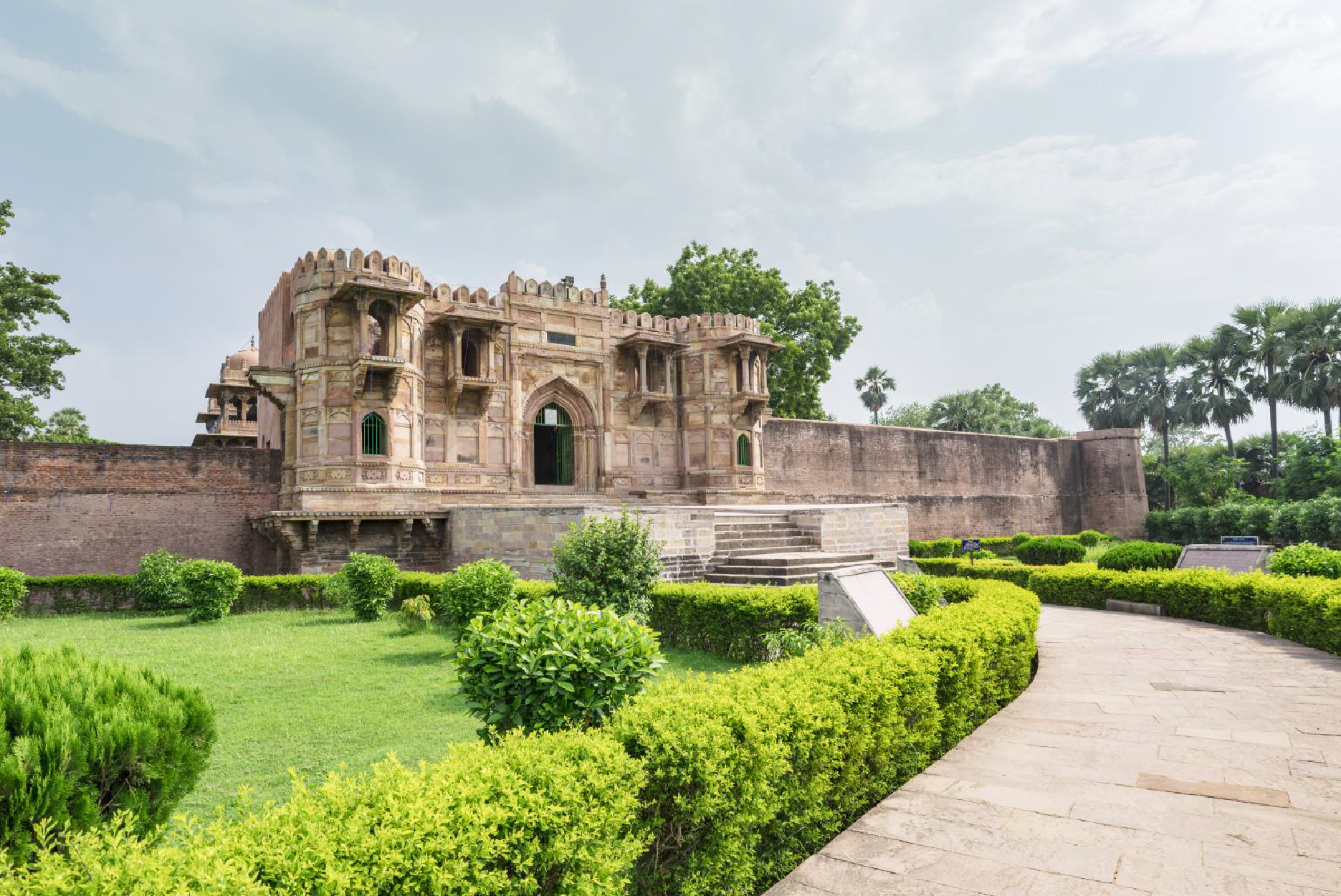
Sorry, we couldn't find anything that matches your search.
Destination

Famous Places to Explore in Hyderabad
A vibrant city with the imposing...

Raipur Tourist Places | Best Place to Visit
The stronghold of several erstwhile...

Ahmedabad
Declared as India's first UNESCO World...
#
Makhana
Cultivated in Bihar, makhana or fox nut is used in snacks and desserts. It can also be eaten on its own with a topping of salt.

Sattu
A flour made of roasted grams, sattu, is a very popular local ingredient that is used in several dishes, both sweet and savoury. During summer, a salty sherbet made with sattu and lemon juice is very heartening.

Kadhi Badi
Kadhi badi comprises spiced and deep-fried gram flour dumplings cooked in a sour and spicy yoghurt-based curry. It is best enjoyed with rice.

Rasia
Rasia is a sweet recipe of rice boiled in thickened milk, topped with dry fruits and raisins. Another variant, made with makhana nuts ( fox nuts) is called makhane-ki-kheer.

Khurma
Khurma or shakarpara is a dessert made by deep-frying flour dumplings and then dipping them in a sugar syrup. When the sugar syrup dries, it crystallises on the fried dumplings, giving them a sweet, powdery outer covering. Another version, called laktho, is made in the same way with rice flour and jaggery.

Kesar Peda
Kesar peda is a popular sweet available in Patna. It is made with khoya (thickened milk), sugar, saffron and cardamom, and usually served in small sphere-like shapes.

Kesar Peda
Kesar peda is a popular sweet available in Patna. It is made with khoya (thickened milk), sugar, saffron and cardamom, and usually served in small sphere-like shapes.

Naivedyam
Naivedyam is a prasad (devotional food offering) that is usually distributed at temples dedicated to Lord Hanuman. These are like ladoos or sweet balls made with gram flour, sugar, cashew, raisin, cardamoms, and saffron that are cooked in ghee (clarified butter).

Thekua
Thekua is also called khajuria and is prepared by frying a mixture of wheat flour and jaggery. A slightly different version is made with rice flour. It's often a part of sweets offerings to the Sun god during the popular festival of Chhath.

Pedakiya
Also called chandrakala, pedakiya or gujiya is a flour-based dumpling that is stuffed with sweetened khoya (thickened milk), coconut shavings, cardamom powder and dry fruits. This is deep-fried and often dipped in a sugar syrup. It is a popular dessert served during festivals like Holi and Diwali.

Kebabs
Patna is a haven for non-vegetarian cuisine and several restaurants and street vendors serve mildly-spiced, melt-in-your-mouth mutton and reshmi kebabs. This dish is a close kin of the kebab that was popularised by Turkish soldiers during the 11th and 12th centuries. Though it follows a rustic style of preparation, when it comes to taste, it can rival the royal versions created under the Awadhi rule in other parts of the country.

Maner Ladoo
A popular dessert, these are sweet round balls made with gram flour, sugar, ghee (clarified butter) and garnished with cardamom. They are most popular in nearby Maner but are also available in Patna.

Malpua
This is a popular dessert, in which small flat pancakes made of flour, milk, mashed bananas and sugar are deep-fried and then dipped in sugar syrup.

Parwal ki Mithai
Parwal-ki-mithai is a unique sweet, which is made of pointed gourd.

Khaja
This crispy deep-fried dessert is made with wheat flour, sugar and mawa (thickened milk). It is a flaky snack made by combining wafer-like layers of flour.

Dal Peetha
In this recipe, rice flour dumplings are stuffed with a spiced lentil paste and then steamed or fried.

Chana Ghugni
Chana ghugni is a popular local snack comprising boiled chickpeas that are fried with onions and spices. Relish this with chuda ka bhuja, or crispy flattened rice.

Litti Chokha
Litti chokha, considered to be the mainstay of the local Bhojpuri cuisine, is a popular winter street food in Patna. It consists of dough balls made with wheat flour and filled with sattu (a flour made with roasted gram) and spices, which are either roasted or fried. The roasted ones are often dipped in ghee (clarified butter) before being served. The litti is served with chokha, which is mashed boiled potato and brinjal, flavoured with chopped onion, tomato and coriander leaves. Litti can also be eaten with a spicy mutton gravy.

Laung Latika
The main feature of this crispy sweet treat is the laung or clove that is used to seal the flour mould. Flour is rolled flat and a stuffing of sweetened khoya (milk thickened by heating), cardamom, raisins, coconut and cashews is placed in the centre after which, it is folded and sealed with a clove. These sweet pockets are deep-fried and dipped in sugar syrup.








